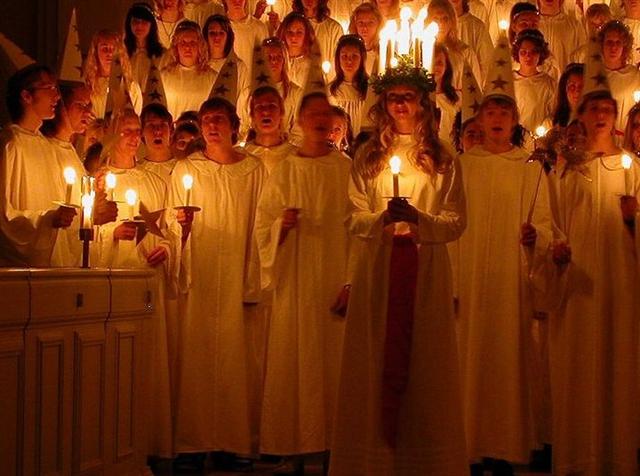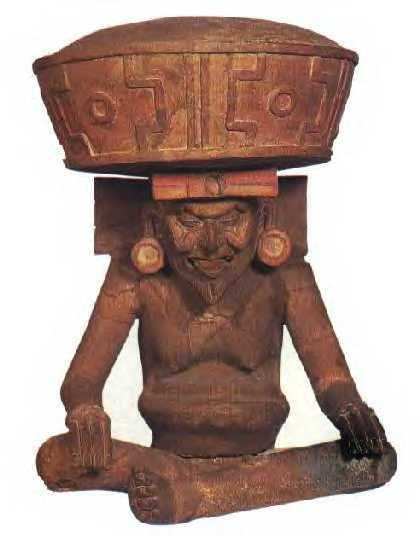|
R (Small
Washington Tablet)
33. → Mira By looking again in the Mesopotamian overview we can perceive that its Horse ought to correspond to the Girl (Diana / Artemis):
And the date should be January 29 (1-29). ... A man had a daughter who possessed a wonderful bow and arrow, with which she was able to bring down everything she wanted. But she was lazy and was constantly sleeping. At this her father was angry and said: 'Do not be always sleeping, but take thy bow and shoot at the navel of the ocean, so that we may get fire.' The navel of the ocean was a vast whirlpool in which sticks for making fire by friction were drifting about. At that time men were still without fire. Now the maiden seized her bow, shot into the navel of the ocean, and the material for fire-rubbing sprang ashore. Then the old man was glad. He kindled a large fire, and as he wanted to keep it to himself, he built a house with a door which snapped up and down like jaws and killed everybody that wanted to get in. But the people knew that he was in possession of fire, and the stag determined to steal it for them. He took resinous wood, split it and stuck the splinters in his hair. Then he lashed two boats together, covered them with planks, danced and sang on them, and so he came to the old man's house. He sang: 'O, I go and will fetch the fire.' The old man's daughter heard him singing, and said to her father: 'O, let the stranger come into the house; he sings and dances so beautifully.' The stag landed and drew near the door, singing and dancing, and at the same time sprang to the door and made as if he wanted to enter the house. Then the door snapped to, without however touching him. But while it was again opening, he sprang quickly into the house. Here he seated himself at the fire, as if he wanted to dry himself, and continued singing. At the same time he let his head bend forward over the fire, so that he became quite sooty, and at last the splinters in his hair took fire. Then he sprang out, ran off and brought the fire to the people ...
The reason for the odd door which snapped up and down like jaws was presumably the fact that the place for the Full Moon at the beginning of the new year changed from year to year - i.e. changed according to the calendar days as determined by the Sun. But after the Argonauts had rowed their ship safely through these jaws stayed open. I.e. finally the Sun and the Moon had agreed upon a proper way through the opening in the east. ... In Greek mythology, the Symplegades, also known as the Cyanean Rocks or Clashing Rocks were a pair of rocks at the Bosporus that clashed together randomly. They were defeated by Jason and the Argonauts, who would have been lost and killed by the rocks except for Phineas' advice. Jason let a dove fly between the rocks; it lost only its tail feathers. The Argonauts rowed mightily to get through and lost only part of the stern ornament. After that, the Symplegades stopped moving permanently. The Romans called them cyaneae insulae ... The proper way seems to have incorporated as one of its features to count March 5 from January 29 in the preceding year:
429 - 29 = 400. ... The Sacred Book of the ancient Maya Quiche, the famous Popol Vuh (the Book of Counsel) tells of Zipacna, son of Vucub-Caquix (= Seven Arata). He sees 400 youths dragging a huge log that they want as a ridgepole for their house. Zipacna alone carries the tree without effort to the spot where a hole has been dug for the post to support the ridgepole. The youths, jealous and afraid, try to kill Zipacna by crushing him in the hole, but he escapes and brings down the house on their heads. They are removed to the sky, in a 'group', and the Pleiades are called after them ... And then, by making sure that the Sun calendar always was synchronized with the stars in the night sky the problem with the precession had been overcome. In our investigation this means we can easily perceive correspondences between for instance JANUARY 1, January 1, and "January 1. ... A sidelight falls upon the notions connected with the stag by Horapollo's statement concerning the Egyptian writing of 'A long space of time: A Stag's horns grow out each year. A picture of them means a long space of time.' Chairemon (hieroglyph no. 15, quoted by Tzetzes) made it shorter: 'eniautos: elaphos'. Louis Keimer, stressing the absence of stags in Egypt, pointed to the Oryx (Capra Nubiana) as the appropriate 'ersatz', whose head was, indeed, used for writing the word rnp = year, eventually in 'the Lord of the Year', a well-known title of Ptah. Rare as this modus of writing the word seems to have been - the Wörterbuch der Aegyptischen Sprache (eds. Erman and Grapow), vol. 2, pp. 429-33, does not even mention this variant - it is worth considering (as in every subject dealt with by Keimer), the more so as Chairemon continues his list by offering as number 16: 'eniautos: phoinix', i.e., a different span of time, the much-discussed 'Phoenix-period' (ca. 500 years) ...
When Raven visited his grandfather, sitting by his fire at the bottom of the world, he was given a pair of sticks, one with the colours of the rainbow and the other black. This pair should be coordinated in a quite specific way in order to work as an instrument for recreating the Earth: ... The old man gave the Raven two small sticks, like gambling sticks, one black, one multicoloured. He gave him instructions to bite them apart in a certain way and told him to spit the pieces at one another on the surface of the sea. The Raven climbed back up the pole, where he promptly did things backwards, just to see if something interesting would occur, and the pieces bounced apart. It may well be some bits were lost. But when he gathered what he could and tried again - and this time followed the instructions he had been given - the pieces stuck and rumpled and grew to become the mainland and Haida Gwaii ... This was the conclusion of the story, but Midway we should notice that in order to reach his grandfather the Raven had to climb down from the surface of the sea: ... In the morning of the world, there was nothing but water. The Loon was calling, and the old man who at that time bore the Raven's name, Nangkilstlas, asked her why. 'The gods are homeless', the Loon replied. 'I'll see to it', said the old man, without moving from the fire in his house on the floor of the sea ... ... He turned round and round to the right as he fell from the sky back to the water. Still in his cradle, he floated on the sea. Then he bumped against something solid. 'Your illustrious grandfather asks you in', said a voice. The Raven saw nothing. He heard the same voice again, and then again, but still he saw nothing but water. Then he peered through the hole in his marten-skin blanket. Beside him was a grebe. 'Your illustrious grandfather asks you in', said the grebe and dived. Level with the waves beside him, the Raven discovered the top of a housepole made of stone. He untied himself from his cradle and climbed down the pole to the lowermost figure ... ... Hala qaattsi ttakkin-gha, a voice said: 'Come inside, my grandson.' Behind the fire, at the rear of the house, was an old man white as a gull. 'I have something to lend you', said the old man. 'I have something to tell you as well. Dii hau dang iiji: I am you.' Slender bluegreen things with wings were moving between the screens at the back of the house. Waa'asing dang iiji, said the old man again: 'That also is you ...
|
|||||||||||||||||||||||||||||




